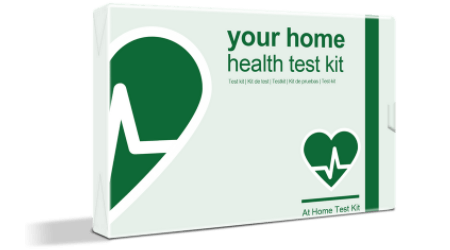You’ve just received your intolerance test results, but the question you’re asking yourself is what do I do now…? Well, you should definitely not panic after you have initially read your report as there are always that you can deal with food intolerance. The most common method is an elimination diet, which helps you to alleviate your symptoms as you will no longer be eating the foods which have been causing you pain. There may be some items listed in your report that you have never eaten or come into contact with, but this is quite normal so do not worry.
There is also a high chance that quite a few of the items on your report are things that you eat often and are a regular in your diet. This is common because food intolerance can be caused by eating too much or being overexposed to that item. These are the items that you are going to need to focus on eliminating from your diet, and subsequently your environment.
What do my test results mean?
All of the items listed on your report are items which you have a food intolerance. It the items listed have an intolerance level of 85% or over, then these will give you a reaction in some way. These reactions often range from minimal to severe and the symptoms include headaches, bloated stomach, and a runny nose. Food intolerance can change depending on your diet and environment, meaning that an item you have never consumed could be listed on your report.
What should I do now?
Foods and other items which are listed on your report need to be taken out of your diet. We recommend that you eliminate these from your diet for at least two weeks, but preferably four to get the most benefit from your report. To make the most of your results, you should try and eliminate all of the listed items a the same time. Although we understand that this can be difficult, they are eaten on a regular basis, but the sooner you eliminate the items from your diet, the sooner you will feel better.
After an elimination diet
Once you have completed your elimination diet, ideally 28 days, you can begin to add items back into your diet. It is very important that you do this one item at a time because food intolerances do not show up immediately. The symptoms can appear up to 72 hours later after you have ingested certain foods.
Keeping track of your elimination diet is easy if you have a diary to hand so you can note down when you are eating certain goods. Subsequently, if you suffer from any symptoms then this means you have a strong intolerance to that food and you will need to continue to avoid it. Slowly introduce the foods back into your diet slowly, and keep track of your symptoms.
Help, I have a query!
If you have a question, or you would like to tell us about your food intolerance testing experience through an exciting testimonial, then please do not hesitate to contact us. You can do this by sending us an email or heading over to LiveChat on our website. Our customer service advisors are available 24 hours a day, 5 days a week.

